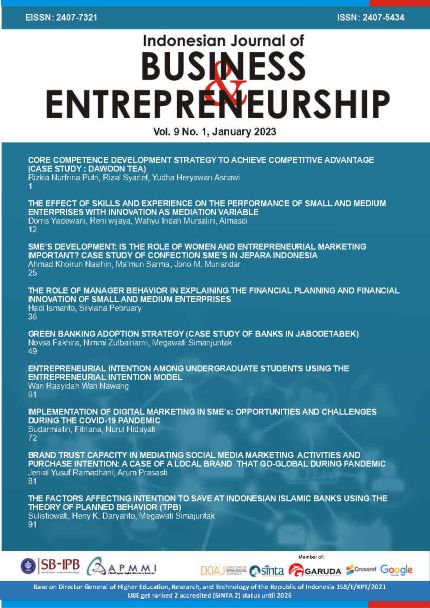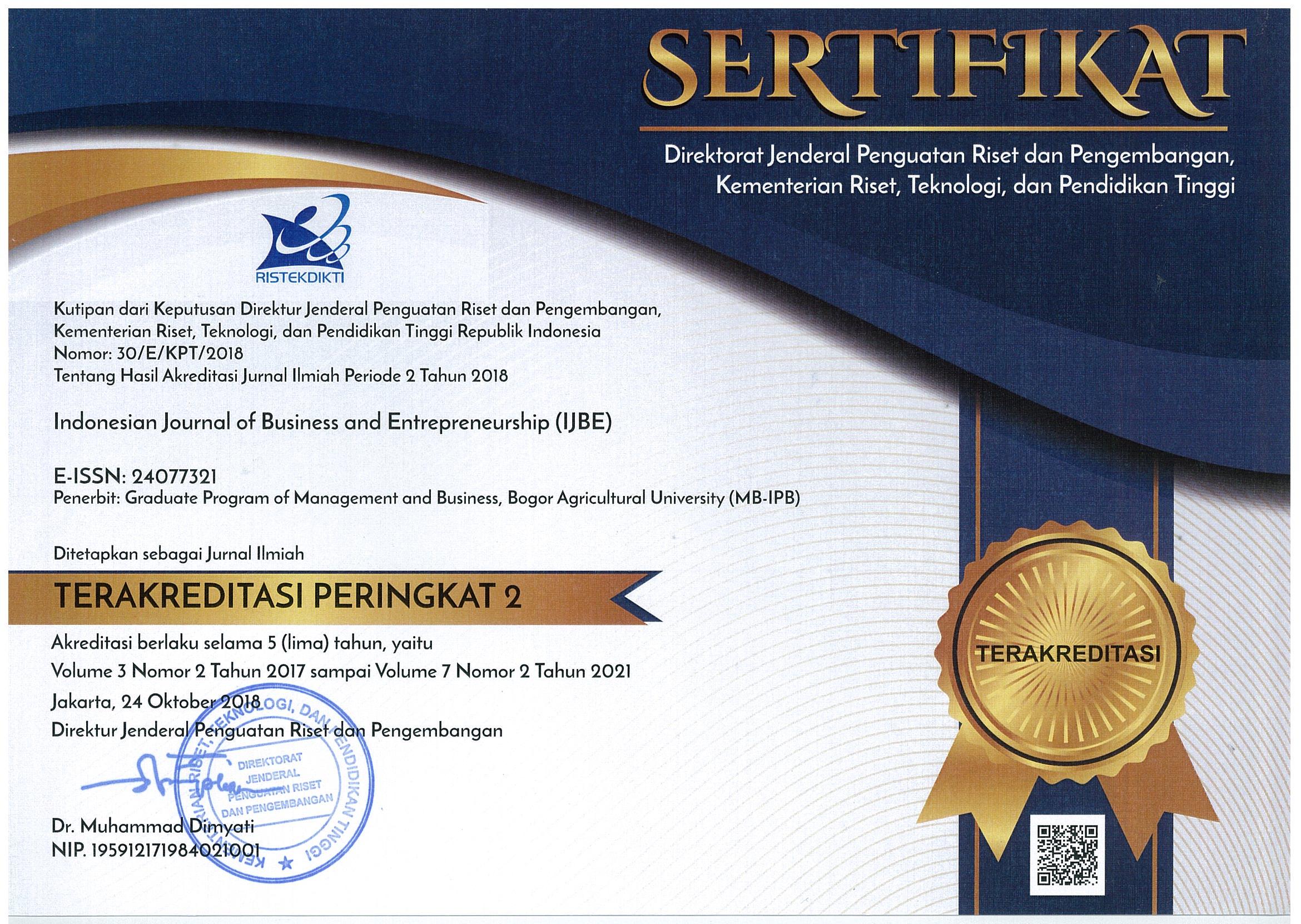The Effect of Customer Loyalty in Digital Banking Services: Role Satisfaction Factor, Customer Experience and EWOM
Abstract
In the midst of changes in digital technology, customer behavior and the development of he business environment, BCA responds by taking strategic steps and policies in maintaining the excellence of digital banking services based on meeting customer needs through the provision of innovations in digital-based products and services. Attention to customer experience, increasing customer satisfaction and electronic word of mouth (EWOM) creates customer loyalty. This study aims to analyze whether 1) the influence of customer experience, efficiency, trust and ease on customer satisfaction. 2) the influence of customer satisfaction on EWOM. 3) the influence of customer experience, customer loyalty and EWOM towards customer loyal. The sampling technique uses a nonprobability sampling technique with a judgement sampling method. A total of 250 BCA customers and millennials were selected as respondents where the questionnaire survey was conducted from December 2021 to May 2022. Data analysis was performed using the SEM-LISREL analysis tool. The results of this study showed that first, customer experience and ease affected customer satisfaction, meanwhile efficiency and trust did not affect customer satisfaction. Second, customer satisfaction affected EWOM. Lastly, Customer experience and EWOM affected customer loyalty, meanwhile customer satisfaction did not affect customer loyalty.
Keywords: digital technology, ease, efficiency, SEM, trust








